US Senate CMS
& congressional websites
Full-time Remote
Frontend developer
& UX designer
My team worked directly on the websites of more than half of all current US Senators.
We also worked on the custom CMS that senate offices use for press, constituent communication, and government form processing.
Beginning with a gradual and targeted redesign of a 40 year old CMS, our primary responsibility was to migrate old Coldfusion sites to a new Node environment, including the complete redesign of a portfolio of legacy websites and development of a shared ReactJS component library.
A Gradual & Targeted Redesign
We redesigned the most critical user flows of the CMS first, with the goal of swapping out entire pages for React on the frontend. I lead the design, reworking the views while creating practical designs that we could implement weekly, without disrupting the workflow of senate staff.

They say “Limitation is the mother of creativity”
And that is certainly the right attitude to have in GovTech. One of the most challenging (and rewarding) aspects of this project was recognizing where to cut corners and where reworking the design could add value.
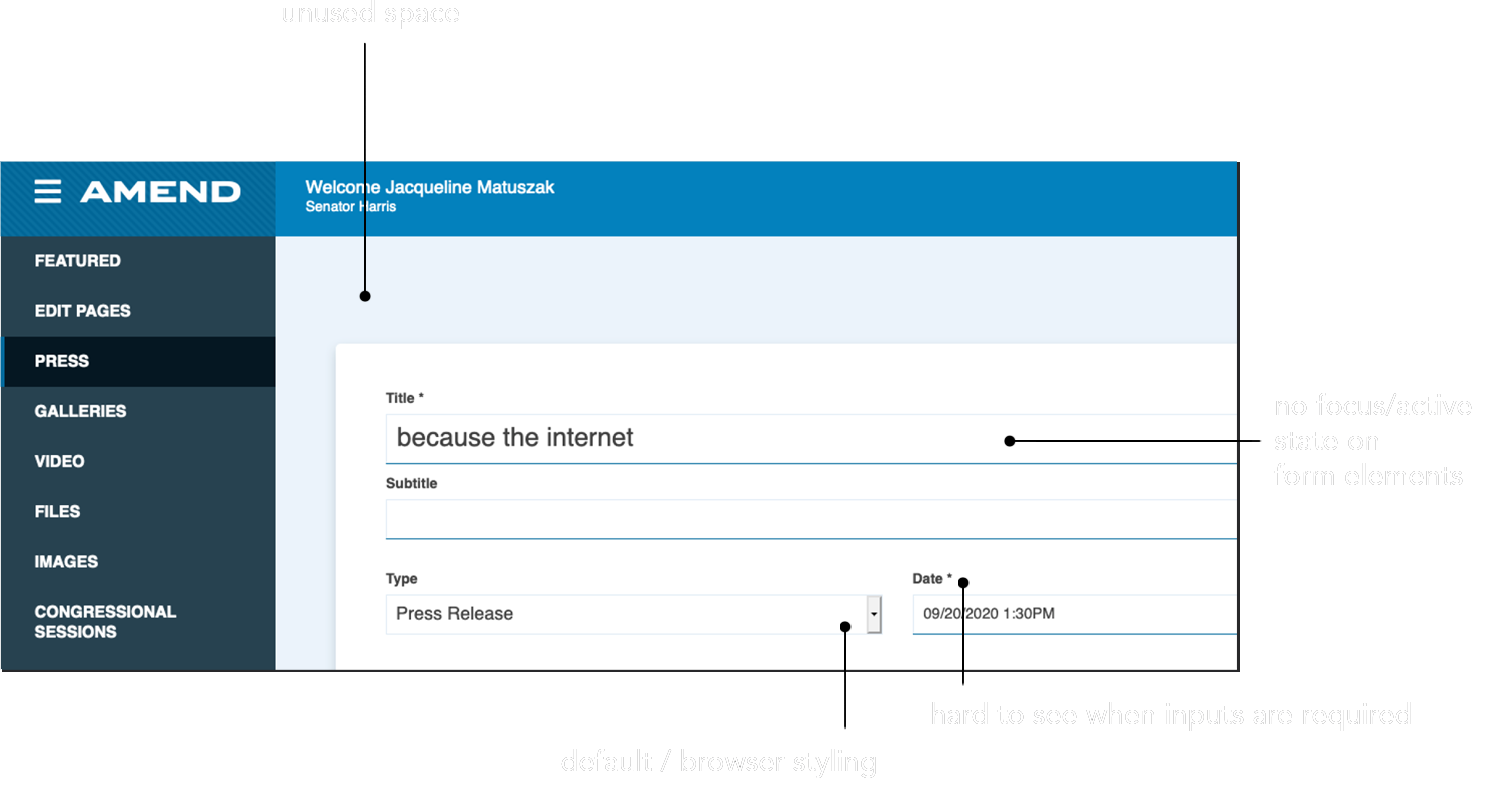
For example, fixing subtle problems in the CMS publishing experience resulted in an instantly improved user experience for senate staff, while only requiring relatively minor changes to the CSS and views.
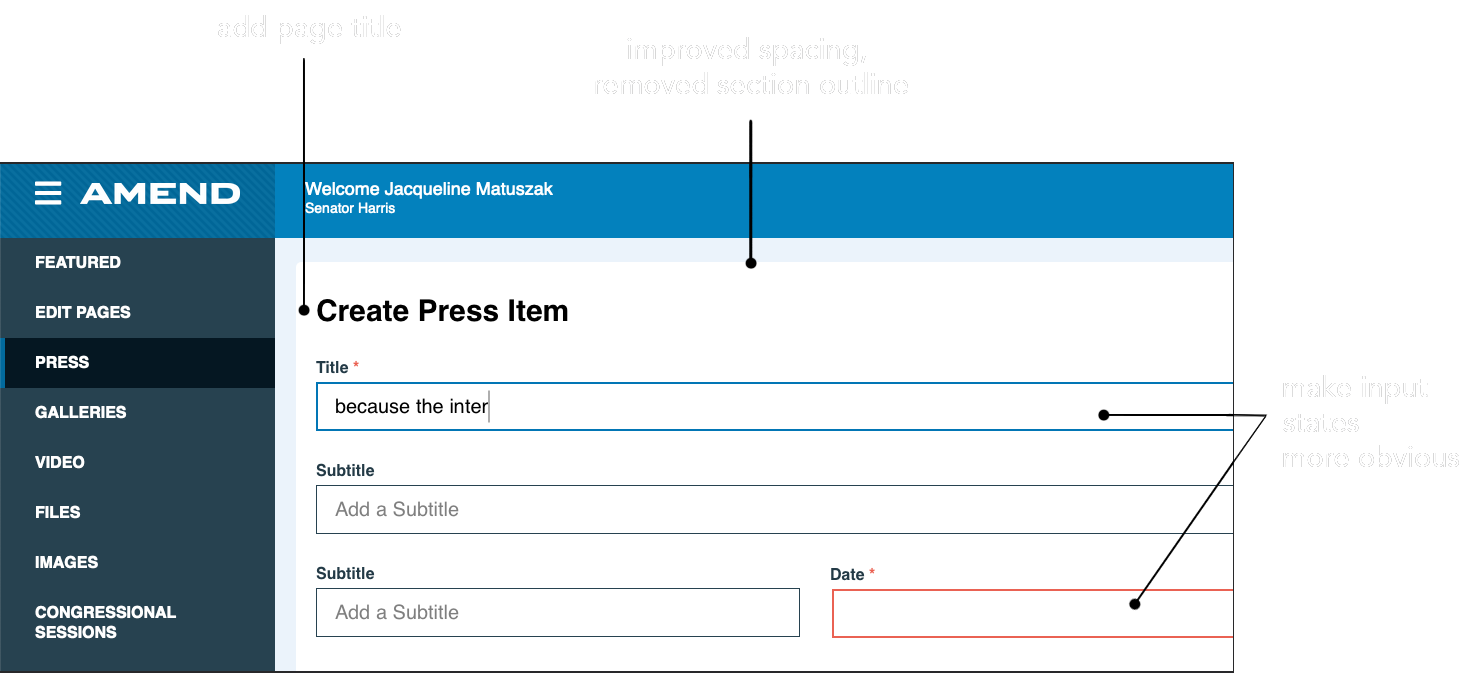
Senate-Node web development
In addition to reworking a legacy CMS, my team (called “Sen-N”, for “Senate-Node”) was also responsible for migrating and redesigning the websites of republican and democrat US Senators.
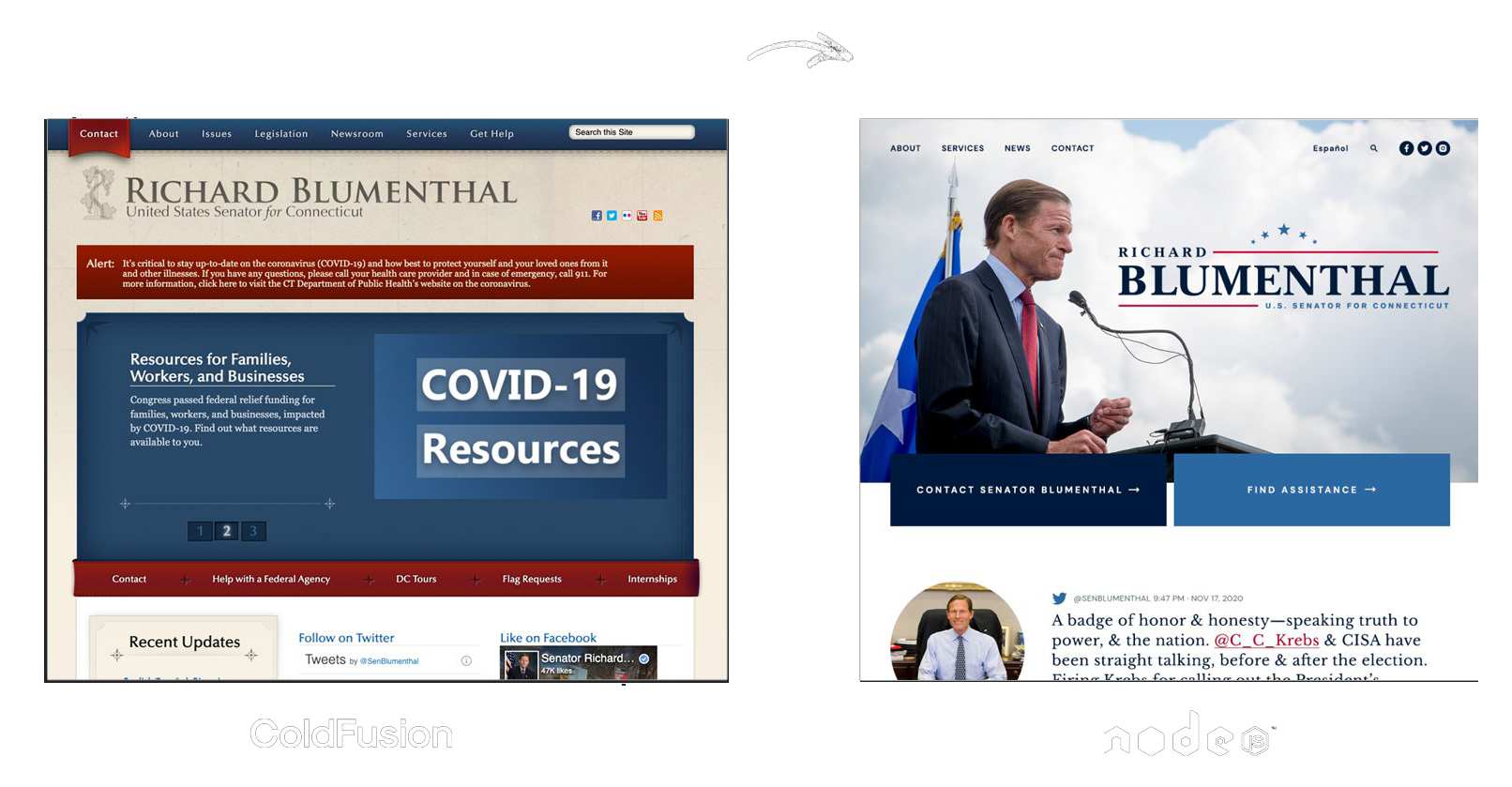
Updates to these .gov sites happened in tandem with CMS updates. It was common to work on a wide range of repositories and features during a single day, my work often picking up where someone else left off.
For example, creating a mobile design from a colleague's desktop design — then building both.
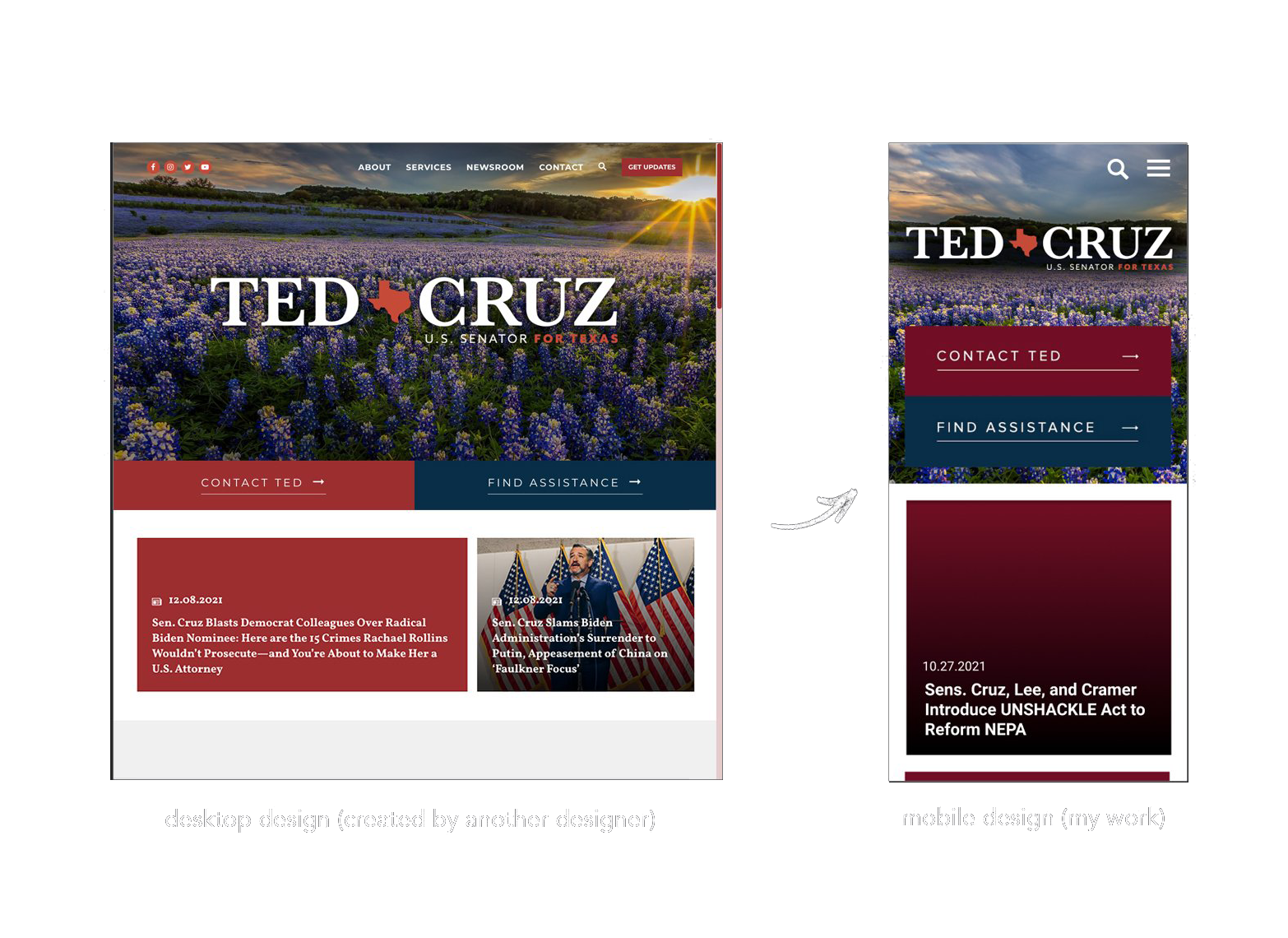
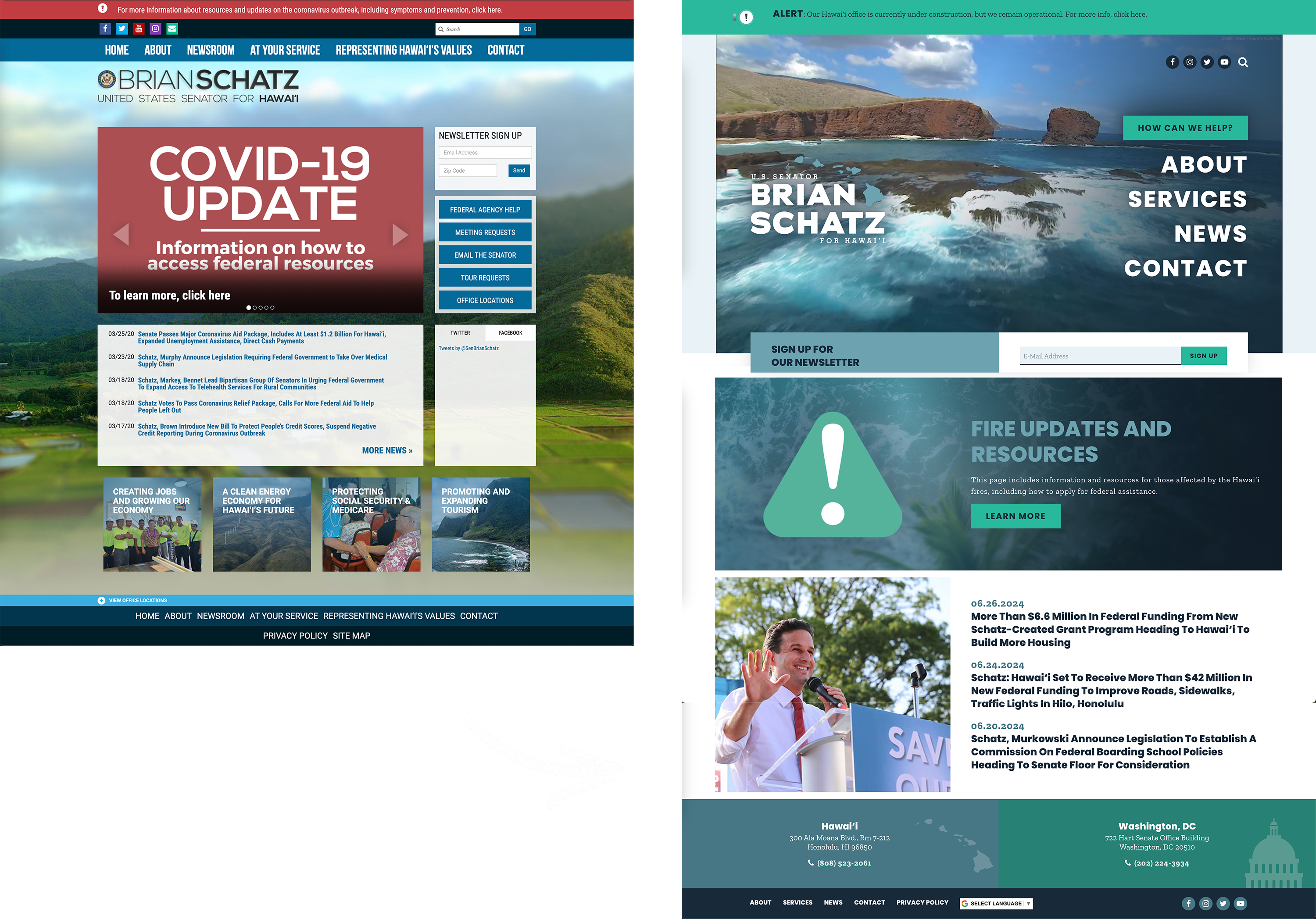
The work in these projects taught me a lot about modernizing legacy systems and accessibility (which is a legal requirement for federal websites.)